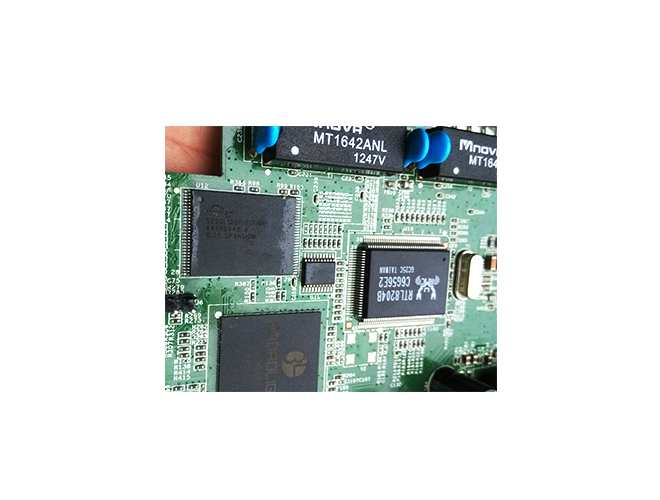-
CN
-
Service Hotline
+8618129931046 Mr. Liao


Time:2025-05-09 Views:1

There are several testing methods for PCBA boards, each with its own advantages and limitations.
Visual inspection is the most basic testing method. It involves visually examining the PCBA for obvious defects, such as missing components, misaligned components, and solder bridging. Visual inspection can be done manually or with the help of automated optical inspection (AOI) systems. Manual visual inspection is suitable for small - scale production or for checking critical areas of the PCBA. AOI systems, on the other hand, are more efficient and can detect a wider range of surface defects, especially in high - volume production.
In - circuit testing (ICT) is a widely used method for testing the electrical connectivity and component values on a PCBA. It uses a bed - of - nails fixture to make electrical contact with specific test points on the board. ICT can quickly detect faults such as short circuits, open circuits, and component value deviations. However, ICT requires a dedicated test fixture, which can be expensive and time - consuming to develop, especially for complex PCBs.
Functional testing is essential for verifying that the PCBA performs its intended functions. It involves applying a set of input signals to the board and measuring the output. Functional testing can be done at different levels, from unit testing of individual components to system - level testing of the entire PCBA. For example, in a power supply PCBA, functional testing would check the output voltage, current regulation, and ripple.
Boundary - scan testing is a useful method for testing the interconnections between components on a PCBA. It takes advantage of the built - in test capabilities of some integrated circuits (ICs). By using a standardized interface, boundary - scan testing can test the connectivity between components without the need for physical access to every component. This makes it suitable for complex PCBs with high - density components.
In addition, environmental testing is important for ensuring the reliability of the PCBA under different operating conditions. This includes subjecting the board to temperature cycling, humidity, and vibration tests. Environmental testing can help identify potential reliability issues, such as solder joint fatigue and component degradation, before the product is released to the market.